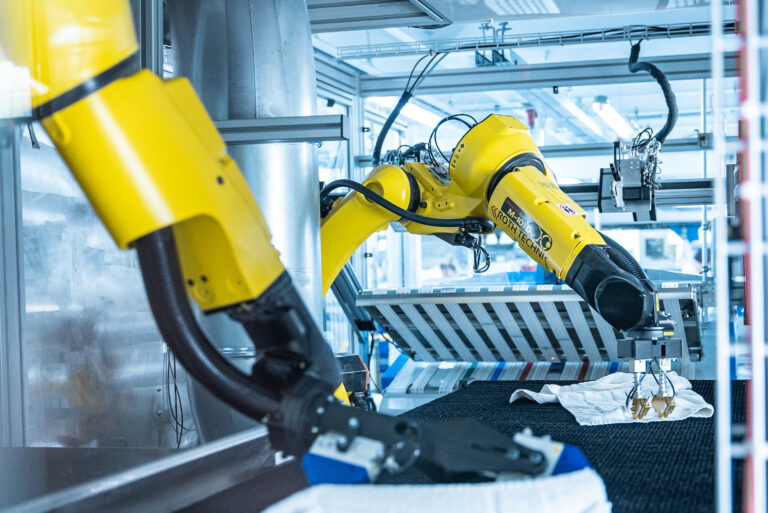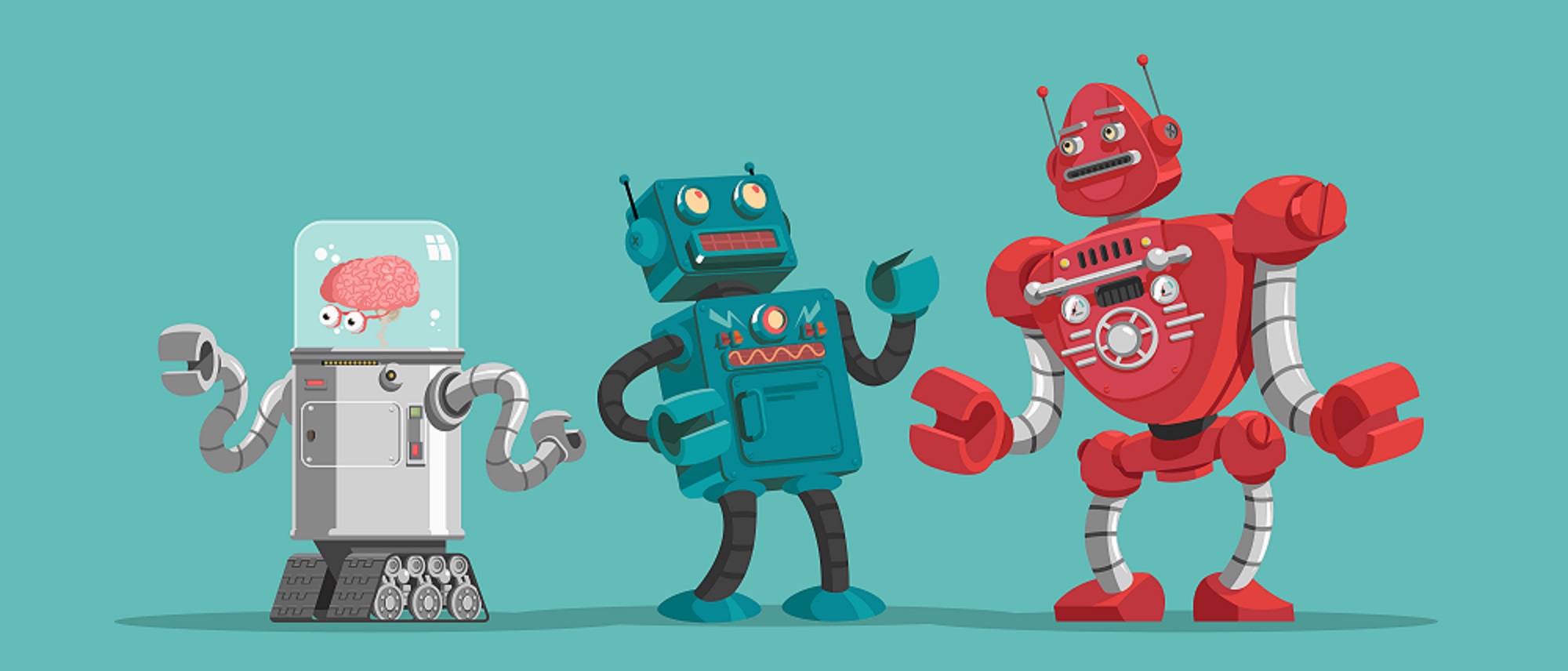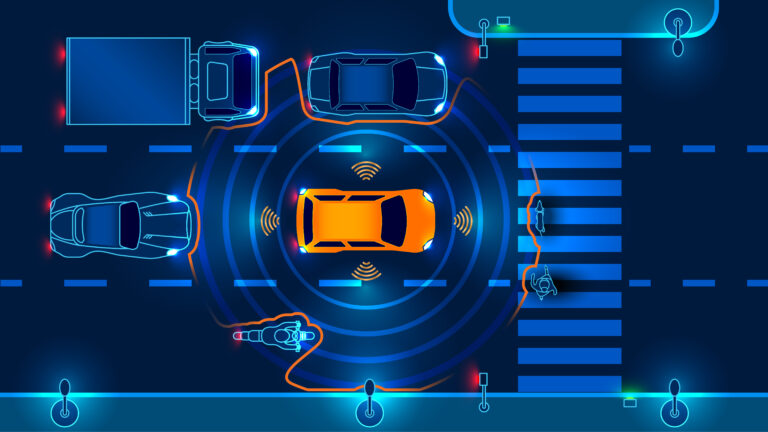San Francisco’s hilly, fog-tinged streets have, in recent months, provided a vision of the future of mobility. With increasing regularity, autonomous vehicles from the likes of Cruise and Waymo traverse the pavement, their conspicuously empty driver’s seats drawing the gaze of passersby as they ferry passengers around the city. It is a testament to recent rapid advances in artificial intelligence and machine learning (AI/ML) that an innovation like self-driving cars—once nothing more than a science-fiction trope—is inching closer to commercial reality.
San Francisco also played host to the advent of ChatGPT, the AI-enabled bot that stunned the world with its human-like abilities when startup OpenAI released it last year. As these inventions spread beyond Silicon Valley and tech-oriented communities, the impact of AI/ML on the industrial sectors that are the focus of Emerald’s investments will be significant.
Rise of the smart robots
The consultancy McKinsey recently made headlines when it estimated that generative AI—the kind that powers ChatGPT by making decisions meant to mimic human behavior—could unlock up to $4.4 trillion in value across the economy. Of that, $530 billion could come from supply chain and operations, the third-highest figure out of nine verticals analyzed. Before ChatGPT turned tech-watchers onto generative AI, McKinsey laid out a slew of benefits supply-chain operators could gain from AI, from better customer service to smoother inventory management.
Given the wide umbrella that encompasses AI/ML solutions, the physical economy could employ a variety of applications to reap these benefits. One is robotics: the metal arms, parcel-movers and other mechanical laborers toiling away in factories, warehouses and elsewhere. These gadgets are rapidly gaining new capabilities, evolving past the limited repetitive motions of early generations. To take one example, sewts, one of Emerald’s newest portfolio companies, makes robots that leverage AI to recognize patterns and colors in the textiles they fold in industrial laundries.
More robotics firms will imbue their offerings with intelligence like this—and better—as algorithms improve. The explosion of companies making AI-enabled software for industrial applications—while largely leaving the hardware to others—provides equally promising opportunities. For these startups, the name of the game is optimization: of workflows, energy use, resources and more. One company that Emerald is currently analyzing and is a good example of this makes autonomous control systems and advanced perception systems for maritime vessels, thus helping ship operators optimize routes. This saves them time and fuel—vital contributors to competitive advantage in a hypercompetitive and thin-margin field.

A weapon in the climate battle
AI-enabled optimization is not just a boon for productivity and value-creation; it can also have major climate benefits. DeepSea, a startup recently acquired by one of our partners that also provides AI-enabled route optimization for ships, has documented that its solution can cut greenhouse gas emissions by hundreds of tonnes compared with a baseline. Although the exact role AI and robotics will play in the climate battle is complex, there’s no question that efficiency and decarbonization go hand-in-hand, and AI is an unalloyed efficiency engine.
Further developments in this space could see AI systems gain abilities we cannot fathom today. Some predict that artificial general intelligence—a computer system wholly indistinguishable from human reasoning—will emerge as a matter of course. Regardless of what the future holds, Emerald will closely follow the growth of industrial AI as it revolutionizes the sectors at the foundation of global commerce and prosperity.

